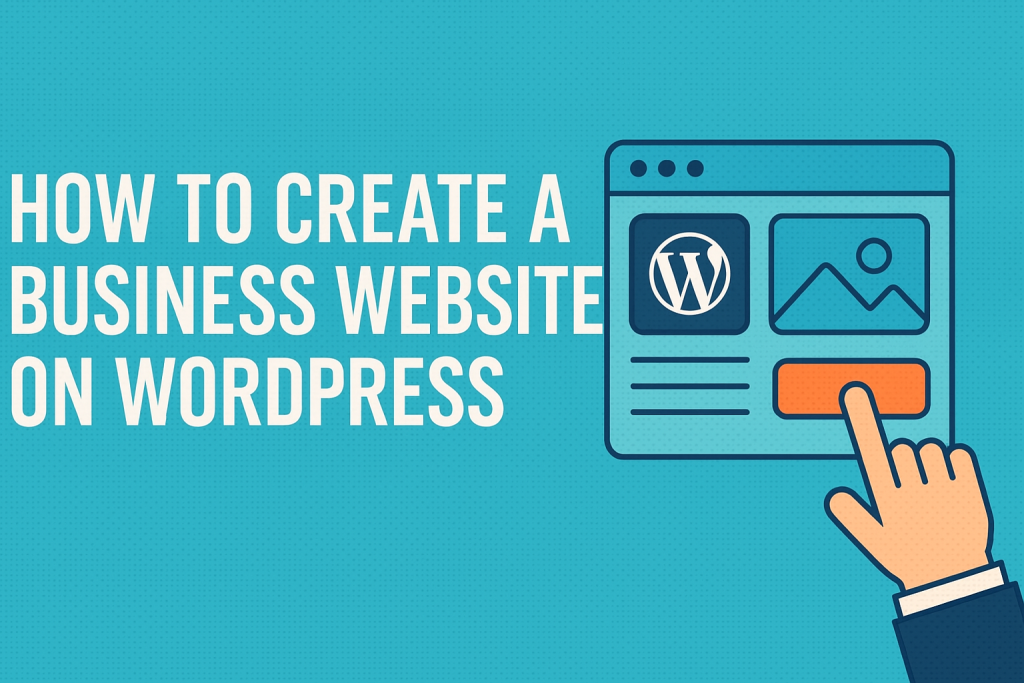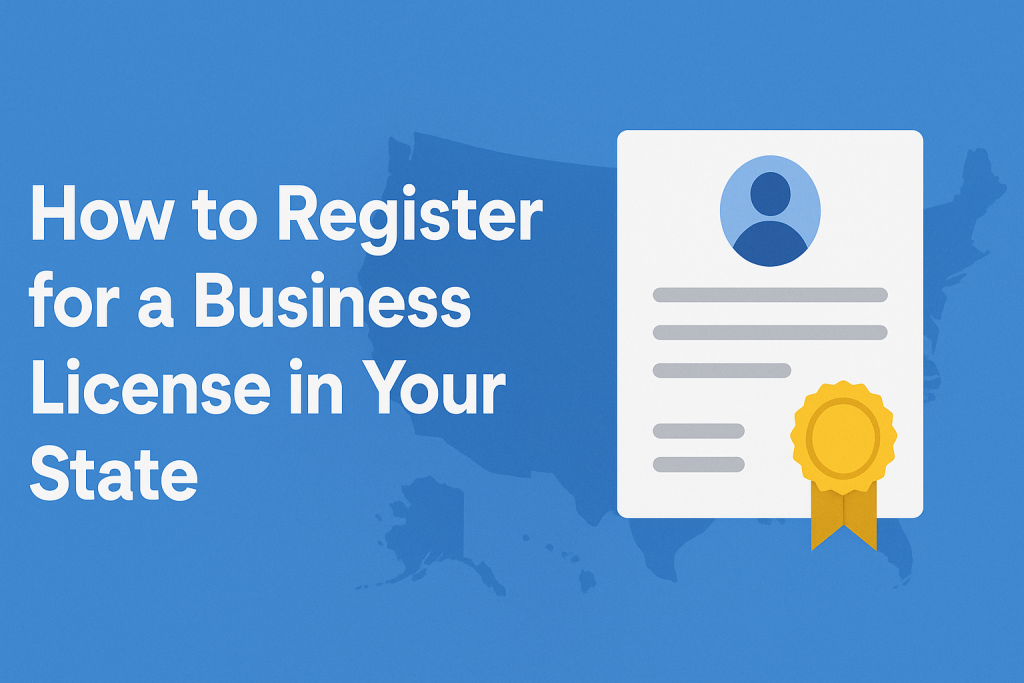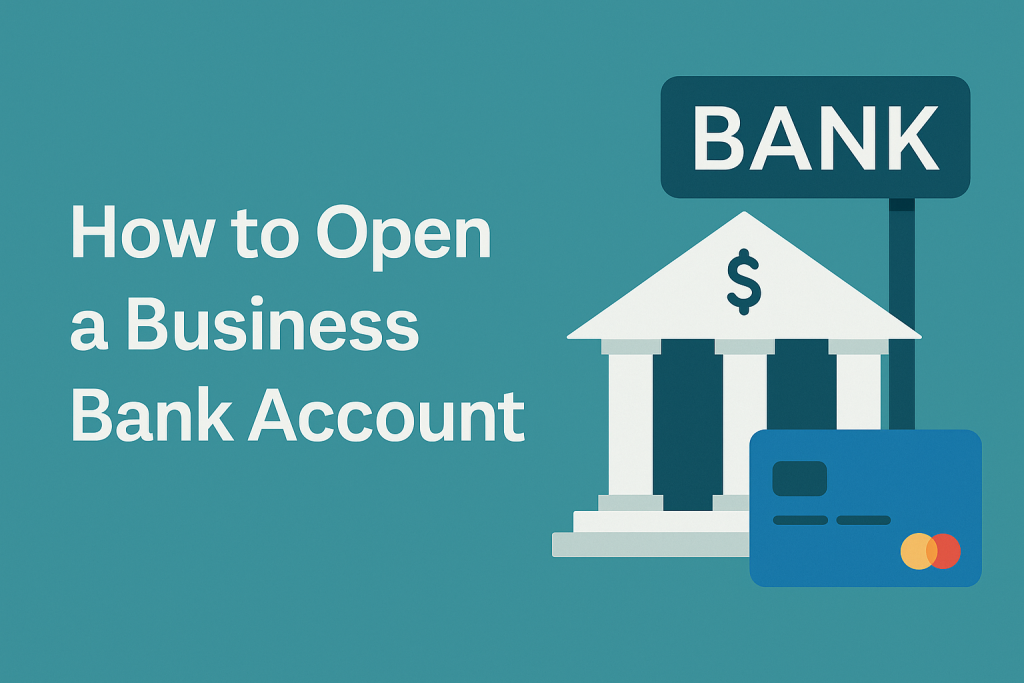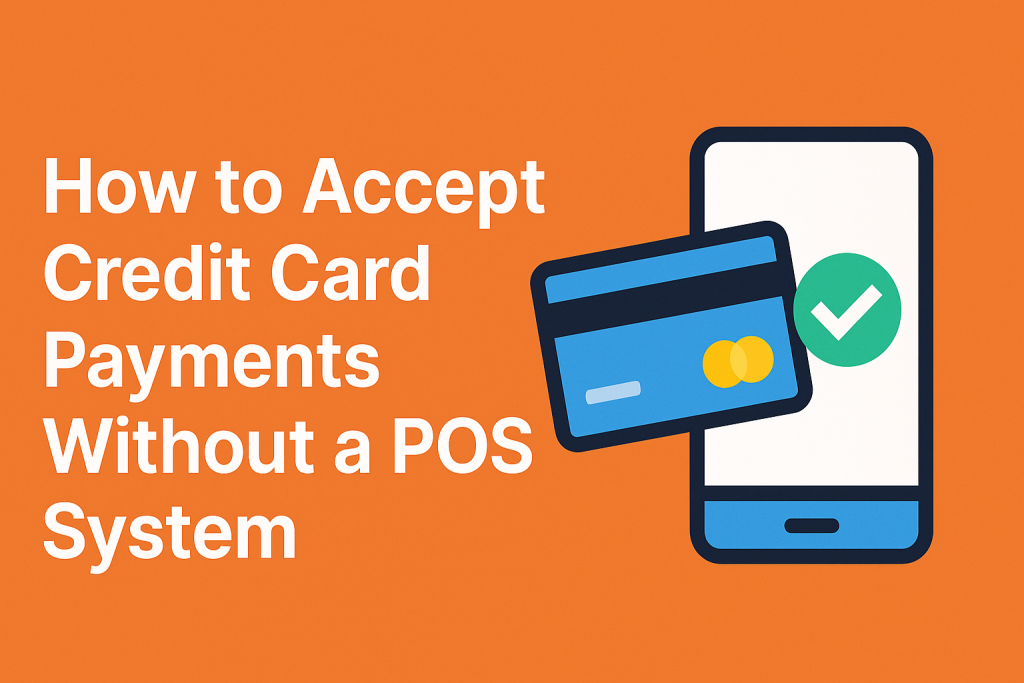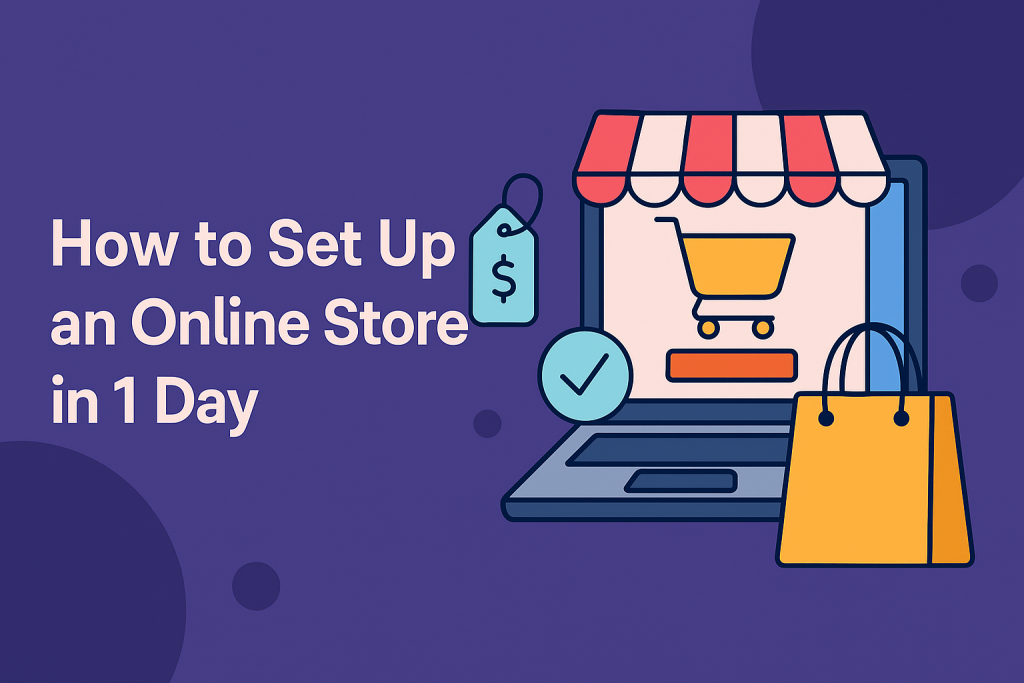How to Create a Business Website on WordPress: A Step-by-Step Guide
In today’s digital world, having a professional website is no longer optional—it’s essential. Whether you’re launching a startup, running a small local shop, or offering services online, your website is often the first impression customers will have of your brand. Luckily, you don’t need to be a developer to build one. With WordPress, anyone can […]
How to Create a Business Website on WordPress: A Step-by-Step Guide Read More »
